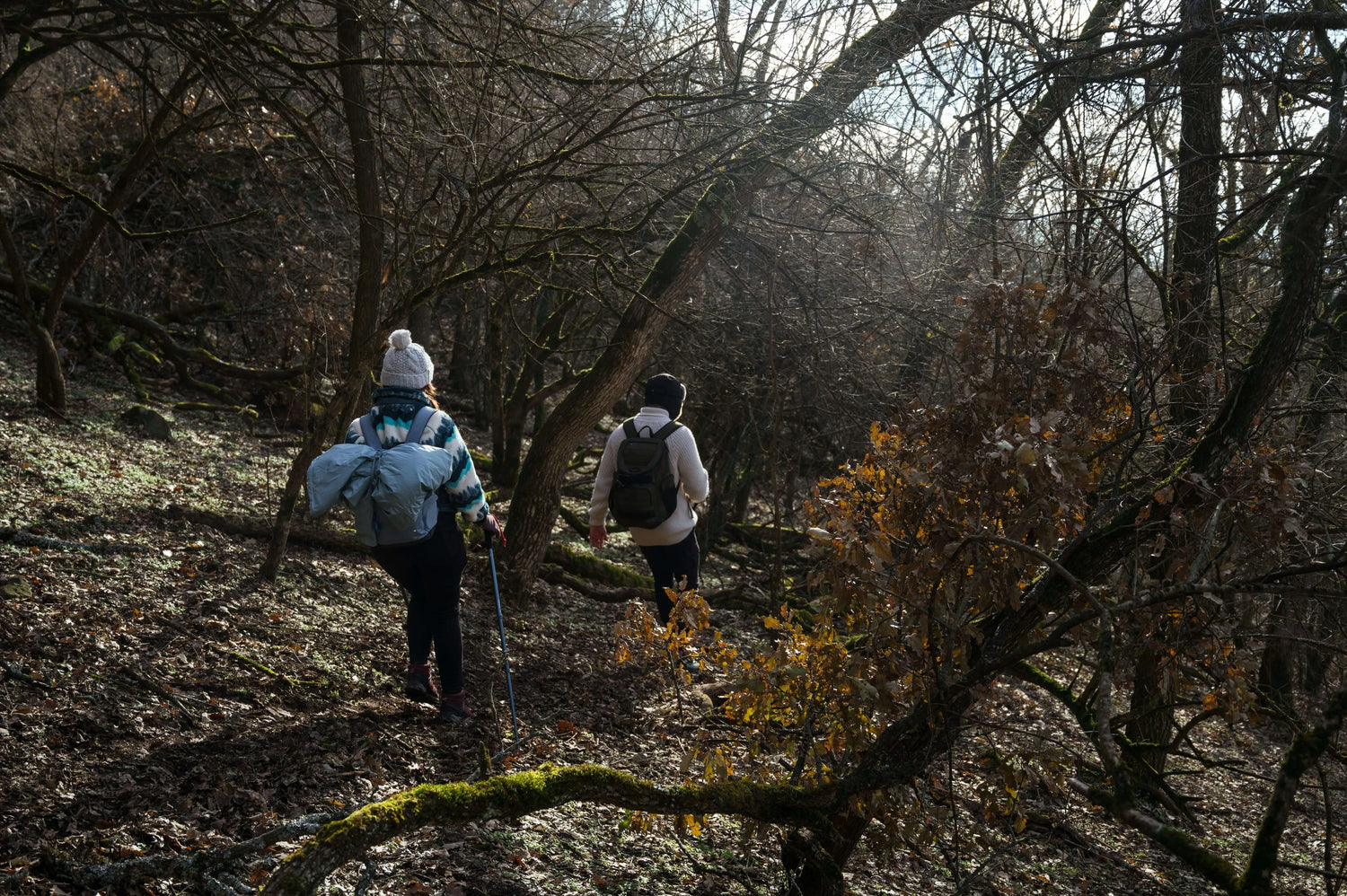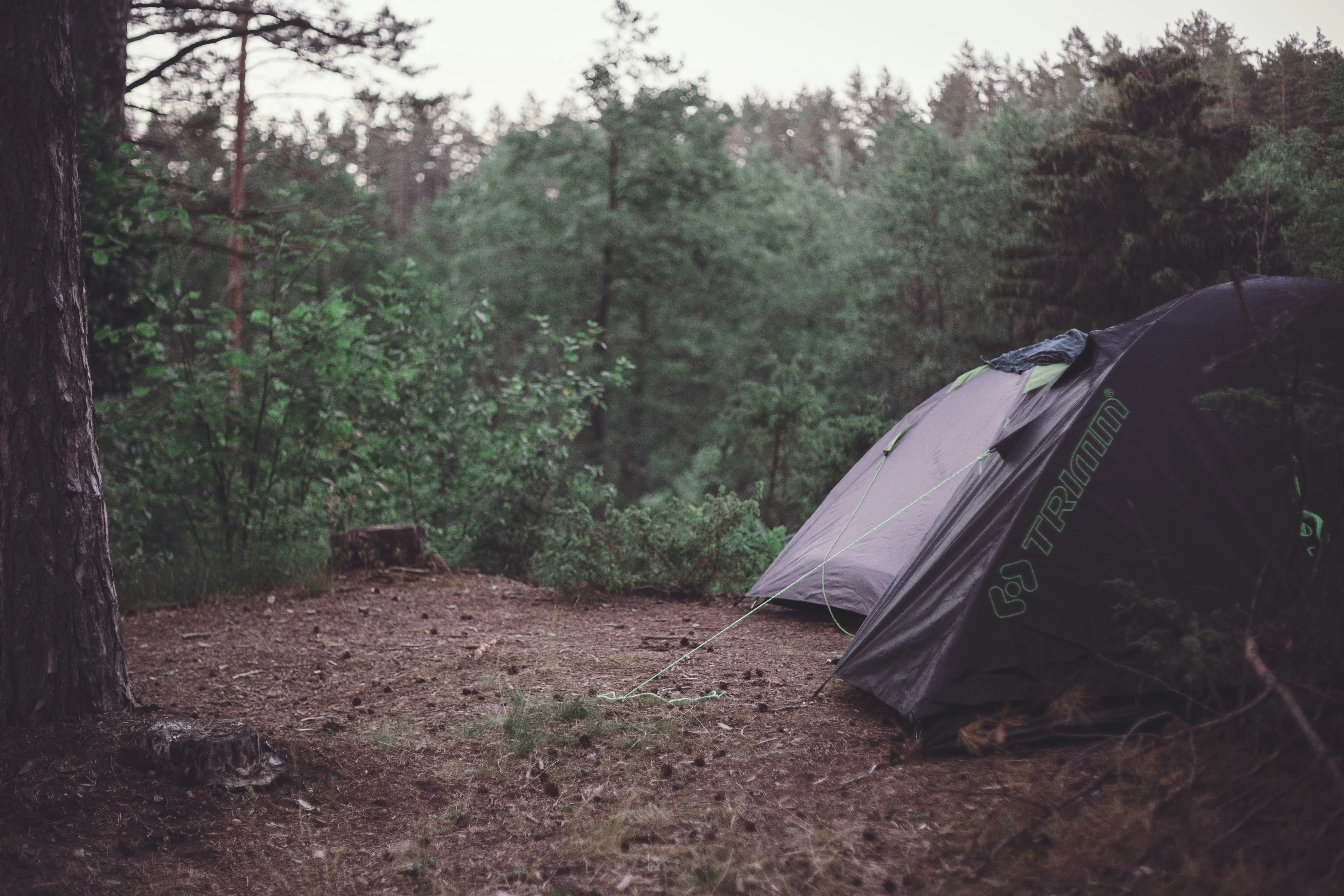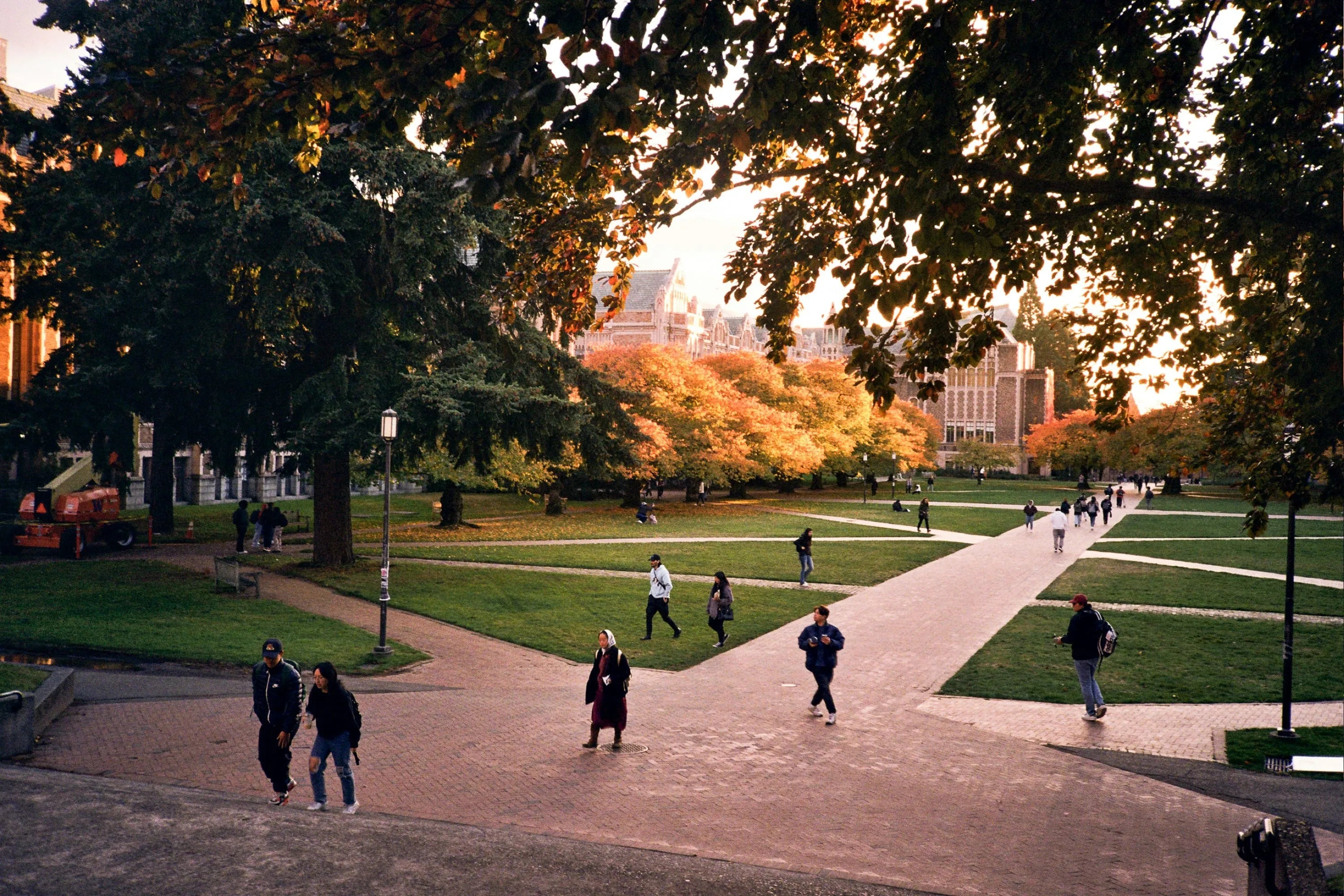Hiking is a new thing for me, and packing for it is an even bigger challenge. Hiking in a group even doubles the chances of blunder. Everyone brings their own clothes, sleeping gear, food, and little essentials that quickly fill up backpacks.
I joined a week long hiking trip with friends in the mountains last month. Half the group members had overstuffed backpacks from which everything was spilling out. They were left with soggy or wet clothes after the rain.
Some of my friends were stress free, and when I checked their bags, they had everything organized and fresh. No wet clothes and no mess at all. All because of their use of travel compression bags.
What surprised me was how much easier it made the whole trip, not just for packing but also for carrying and staying organized.
In this guide, I’ll walk you through why packing bags, especially compression packing bags for travel, was a big help for our hiking group. After that trip, I resolved never to hike in chaos again and must understand what to pack for camping. This is how compression packing changed the game for us, and how the VacBird SealEase Bag specifically became a trip lifesaver.
Why Group Hiking Trips Usually Feel So Hard to Pack For
I always enjoy hiking with friends. It's fun, but not the packing part. It always brings too much stress because:
- Everyone packs more than they need.
- Backpacks get bulky and uneven.
- Clothes and gear mix up inside, making it hard to find anything.
- If it rains, wet clothes add extra weight.
That was our usual story until we tested compression bags for packing.
How Packing Bags and Travel Compression Bags Changed Our Hiking Trip
People mostly prefer stuffing clothes into backpacks loosely, but compression bags claim that the folded content has extra air, which doesn’t allow more items to be stored in the bag. When we pressed out the extra air, it made everything smaller. Here’s what we noticed:
- Bags help in removing clutter when we tightly pack jackets, pants, and even sleeping bags.
- Every inch of backpack space and every extra kilogram counts when you hike. Compression bags let you shrink sleeping bags or even tents. Multiple travelers say savings of 40-80% in volume are possible with these bags.
- Compressing helps in achieving a better balance in the bags. The compressed bags made it easier to load backpacks without odd bumps.
- Compression bags also allow you to group items based on types of items or clean and laundry items. You no longer have to struggle with mess and get quick access to your desired content.
- The compression bags have a waterproof feature, which means clothes don’t get damp during sudden rain.
- Dustproof and bugproof features also help you protect your content from dust and pests.
- Since each person had their own set of bags, we didn’t mix up clothes. It also makes sharing bags space easy if needed.
It sounds small, but hiking becomes much smoother when everyone in the group follows the same method.
What to Pack for a Hiking Trip and How Bags Help
Everyone who loves hiking like me benefits from this list. I have carefully picked items for my hiking trip, and the same I share them with you here. The best trick is to divide items into categories and then organize them with compression packing bags. You can easily carry the bags and enjoy the trail.
Clothes
- Quick dry hiking pants and shirts
- Fleece or light jacket
- Rain poncho or windbreaker
- Extra socks and underwear
- Cap or hat for sun protection
Gear
- Lightweight backpack
- Sleeping bag if you stay overnight
- Trekking poles
- Flashlight
- Headlamp
- Portable charger or power bank
Essentials
- Trail snacks and energy bars
- First-aid kit
- Reusable water bottle
- Hydration pack
- Sunscreen
- Bug repellent
- Small towel
We used compression packing bags for travel to separate everything. Put your clothes into one packing compression bag and small essentials into another. These compression bags for packing not only saved space in the backpack but also made it simple to find things quickly on the hike.
What to Look for When Choosing Compression Packing Bags for Hiking in a Group
From what seasoned hikers and gear reviewers recommend, the key features to prioritize are:
|
Feature |
Why It Matters |
|
Size & Capacity |
Enough room for bulky items, but not so big they’re cumbersome. |
|
Durable, Waterproof / Dustproof Material |
Trails often get wet; material must hold up. |
|
Sealing Mechanism (tool-free roll-out, valve, zipper) |
Simpler is better in cold or rainy weather. Even better in low light |
|
Ease of Compression (manual roll and vacuum pump-assisted) |
Faster and smoother with less fatigue. |
|
Weight of Empty Bag |
Even compression bags add some weight, so check the balance because it matters. |
|
Reusability & Durability |
You’ll want them to survive many trips. |
|
Cost vs Value |
Sometimes a more expensive bag saves you from buying replacements. |
Our Firsthand Experience of Using VacBird’s SealEase Bag
When I first saw hikers using a SealEase bag, I immediately decided to use it on my second hiking trip. I got my VacBird SealEase Bag and tested it in various demanding conditions.
- Steep inclines
- Wet weather
- Early morning condensation
- Scrambles over rocks
It stood up well. Here’s why it impressed us and where it has room for improvement.
Features I Like the Most
- 25L Extra-Large Capacity: Plenty of room for base layers, hiking jackets, a pair of bulky items, or wet gear separated.
- Tool-Free Sealing & SealEase Material: You don’t need a vacuum pump for this one. Just pack, roll or press to remove air, seal. That simplicity, especially when your hands are cold or wet, is gold.
- Waterproof & Dustproof: On humid mountain nights, dew settled on our packs. The SealEase Bag kept moisture and dust out. Clothes stayed fresh.
- Durability (70D Nylon): It resisted snags, held up against abrasion from pack frames, and didn’t leak air unless we overstuffed or didn’t seal properly.
Things We Noticed / Improvements
- Compressing manually takes some effort if the bag is full; rolling works better than pressing for us.
- Because you press out air and roll, some clothes get quite wrinkled. For delicate clothes, we separated them out.
Our Group’s Experience Using the SealEase Bag
It started raining on the first day of our hike. Normally, this would mean half our clothes get damp and heavier. But with SealEase, everything inside stayed dry. One of my friends even used it to store his sleeping bag to saved a lot of space in his backpack.
Another moment was when we reached camp and had to quickly find nightclothes. Since each of us had separate compression bags for packing, it was easy to open just the one we needed. No more pulling out half the bag in front of everyone.
How We Used the SealEase Bag
Here’s the simple routine we followed with the VacBird bag:
- Fill it with clothes or gear.
- Roll and press the bag to push out the air.
- Close the one-way valve.
- Buckle it shut.
That was it. You need no pumps and no tools.
Things to Pack for Camping with Compression Bags
To give you an idea, here’s what fit inside one VacBird SealEase Bag during our trip:
- 2 pairs of pants
- 3 shirts
- 4 pairs of socks
- 1 small towel
- 1 fleece jacket
It all went into a single 25L bag, leaving extra space in the backpack for food and shared gear.
Why We’ll Keep Using Compression Bags for Every Hike
Those who use or those who do not, all understand the benefits of using compression bags on hiking trips. The compression packing bags for travel gave us:
- More space in backpacks
- Less weight to carry
- Dry clothes in all weather
- Better group organization
It’s one of those simple changes that makes outdoor trips a lot smoother.
Day-by-Day: How the Group Trip Ran Smoother Thanks to Compression Bags
Here’s a breakdown of how life got easier once most people used compression/vacuum packing bags, especially the SealEase Bag.
|
Day |
Before Compression |
After Compression |
|
Packing Day (Morning) |
Chaos: everyone trying to force gear into their packs; last-minute discards; some gear too bulky. |
Calm: group packed in stages; those with compression bags stashed bulky items, making space for shared gear (first-aid, food). |
|
On the Trail (Steep Ascents + Rain) |
Wet clothes, water seeping in; some gear shifting inside packs, causing imbalance and fatigue. |
Dry gear stayed dry, shifting reduced; the load felt more stable. Less shoulder/back strain. |
|
Campsites & Evenings |
Unpacking messy, damp ground meant dirty gear mixed with clean; muddy items everywhere. |
We could pull out compression bags and isolate things: dirty clothes, sleeping bags, rain gear. Cleanup and setup faster. |
|
Breakdowns / Weather Swings |
Impromptu rainstorms soaked small items; trying to salvage gear under flimsy covers. |
SealEase Bags provided quick weather protection; gear inside stayed sealed; saved time and comfort. |
When Compression Bags Don’t Help
There are situations when overreliance on compression or vacuum packing can backfire. You need to avoid these situations.
- Heavy items might stress seams or zippers if you press too much.
- Clothing that must stay wrinkle-free might suffer under compression.
- Weight limits on backpacks or airline-carry constraints are important to consider. People may overpack just because they have more space, then end up heavier.
- If you pack everything compressed, pulling out one thing means unsealing or fiddling, which can be annoying. It's good to keep regular items in compression bags with a hand rolling feature. Other items are good to pack in vacuum storage bags.
FAQs
What are travel compression bags and how do they help in hiking?
They are nylon material bags that reduce the bulk of clothes and gear by squeezing out air. They help hikers by saving their backpack space and keep items organised.
Are vacuum packing bags good for hiking?
Absolutely. These bags are useful if you want to carry more clothes in less space. These bags act as a barrier and offers protection against moisture and dust.
What is the difference between packing bags and compression packing bags?
Packing bags simply store clothes, while compression packing bags remove air and shrink the load. The result is lighter, smaller packs.
Conclusion
Hiking is an enjoyable but difficult adventure, and if you need to struggle with packing and messy bags, you no longer enjoy the trip fully. Hiking trips aren’t difficult because of only the terrain, a mismanaged guide, or bad weather, but no proper knowledge about how to pack smartly contributes to it.
VacBird’s SealEase travel compression bags turned what used to be packing headaches into smooth routines. When everyone uses them, the cumulative benefit is massive: lighter packs, better morale, less damage, more adventure.
Invest in quality compression packing bags if you’re planning a group hike. Practice using them a few times and pick a gear that protects and compresses well. You’ll carry less, experience more, and enjoy the journey.






Leave a comment
This site is protected by hCaptcha and the hCaptcha Privacy Policy and Terms of Service apply.